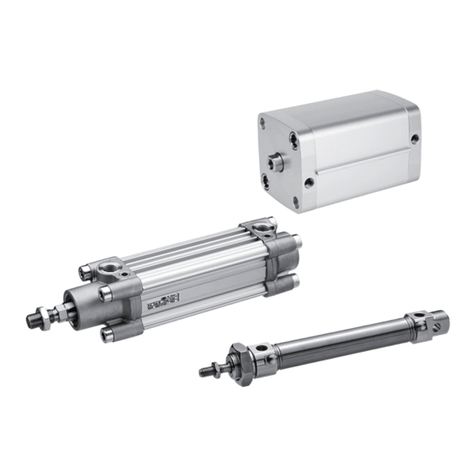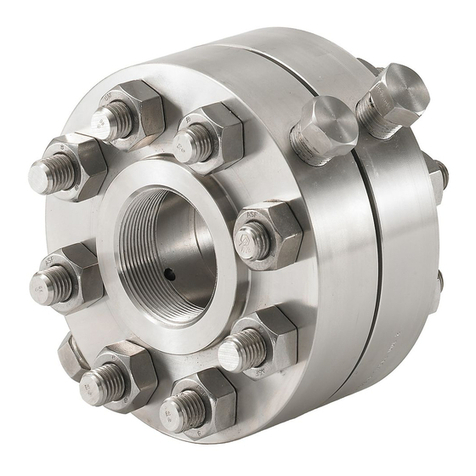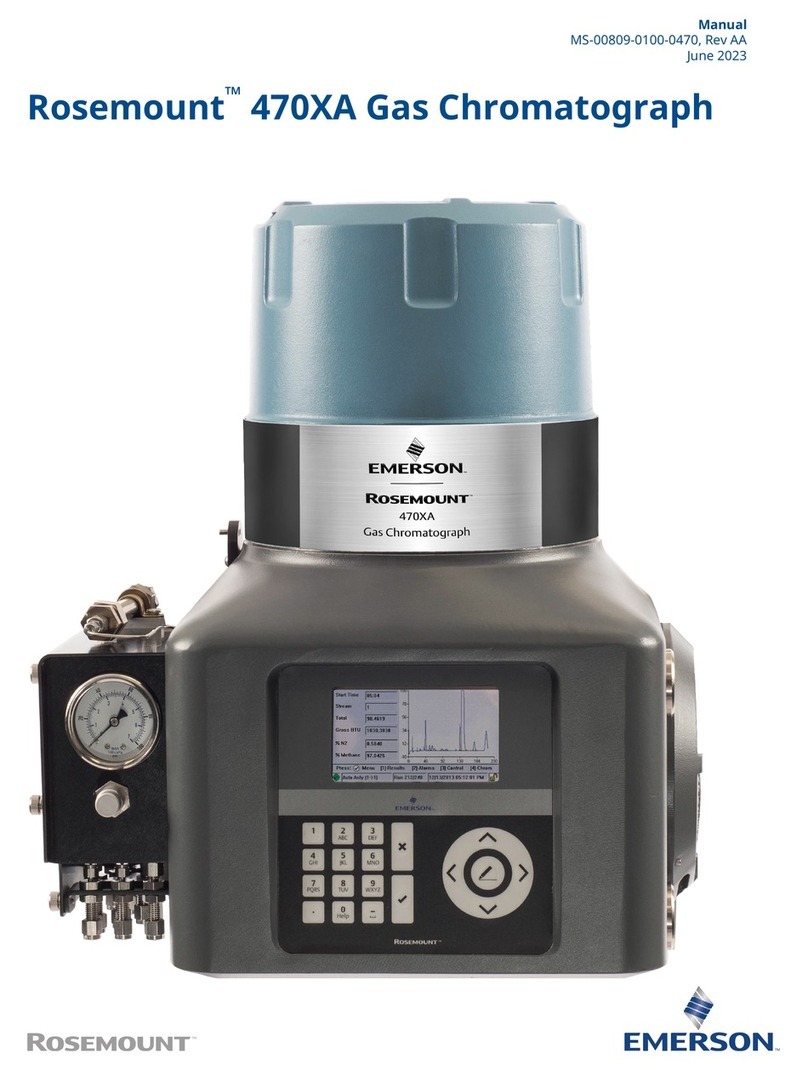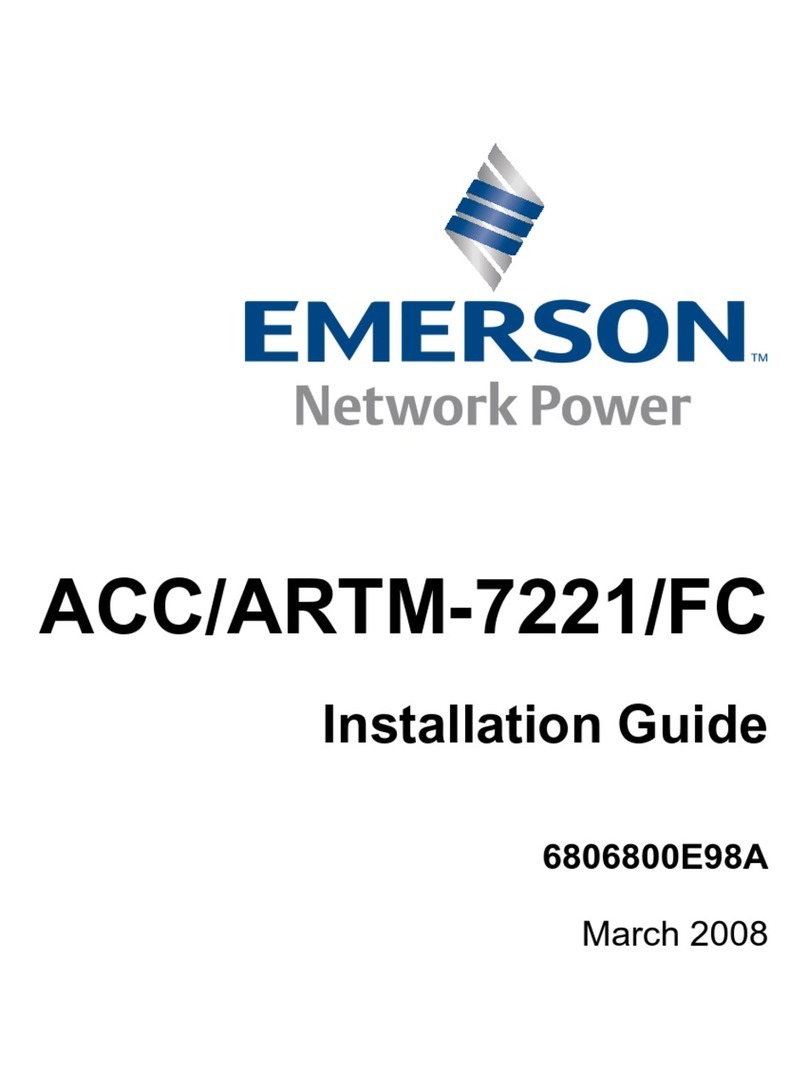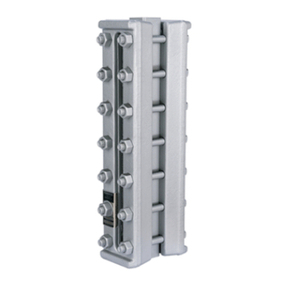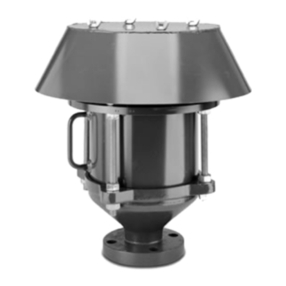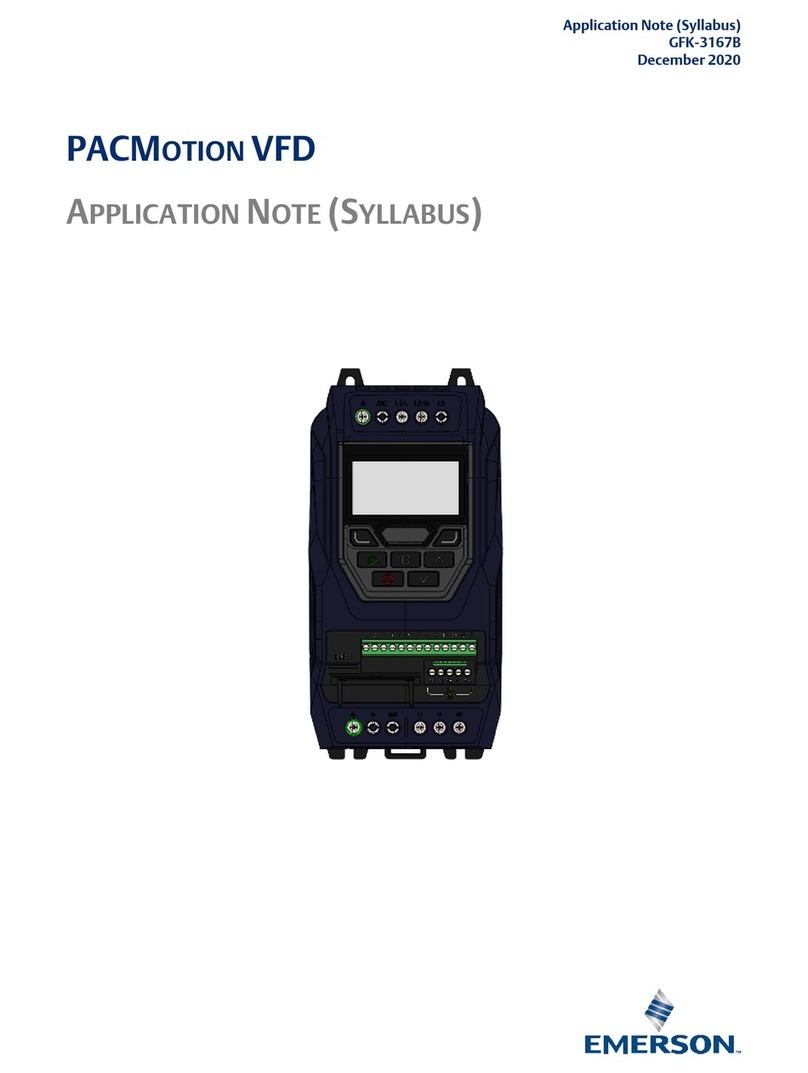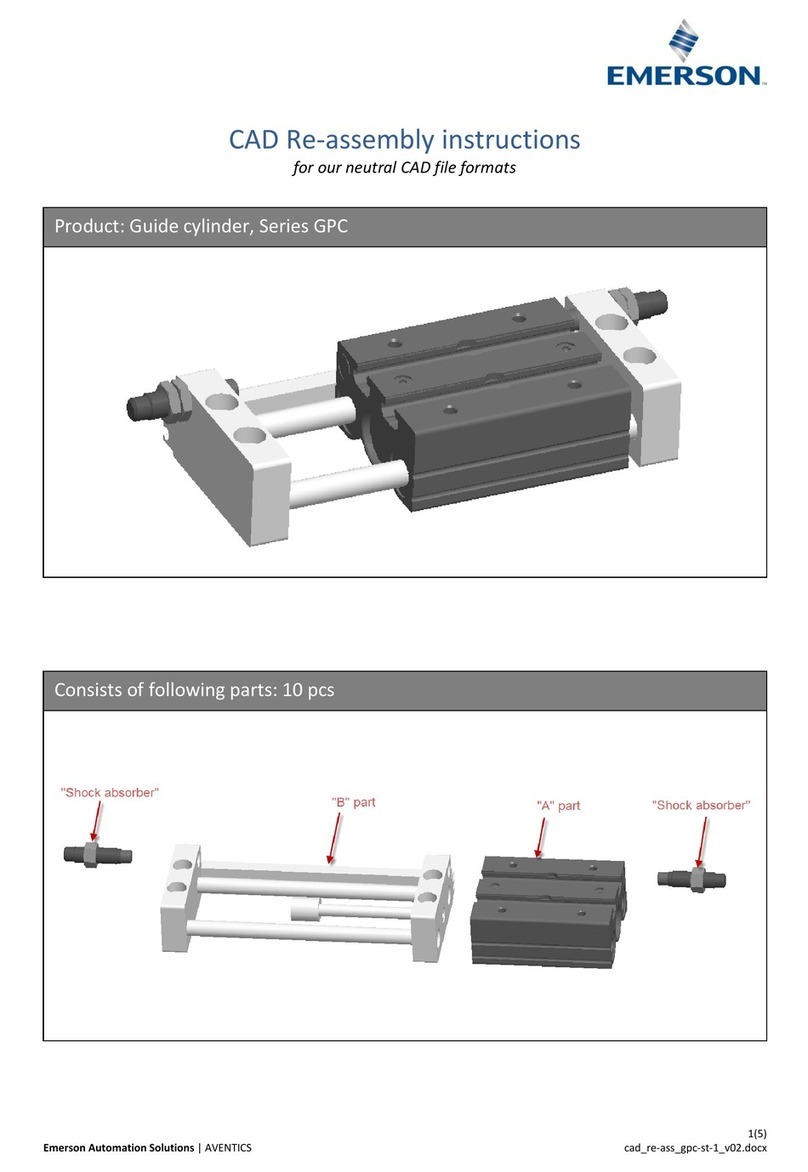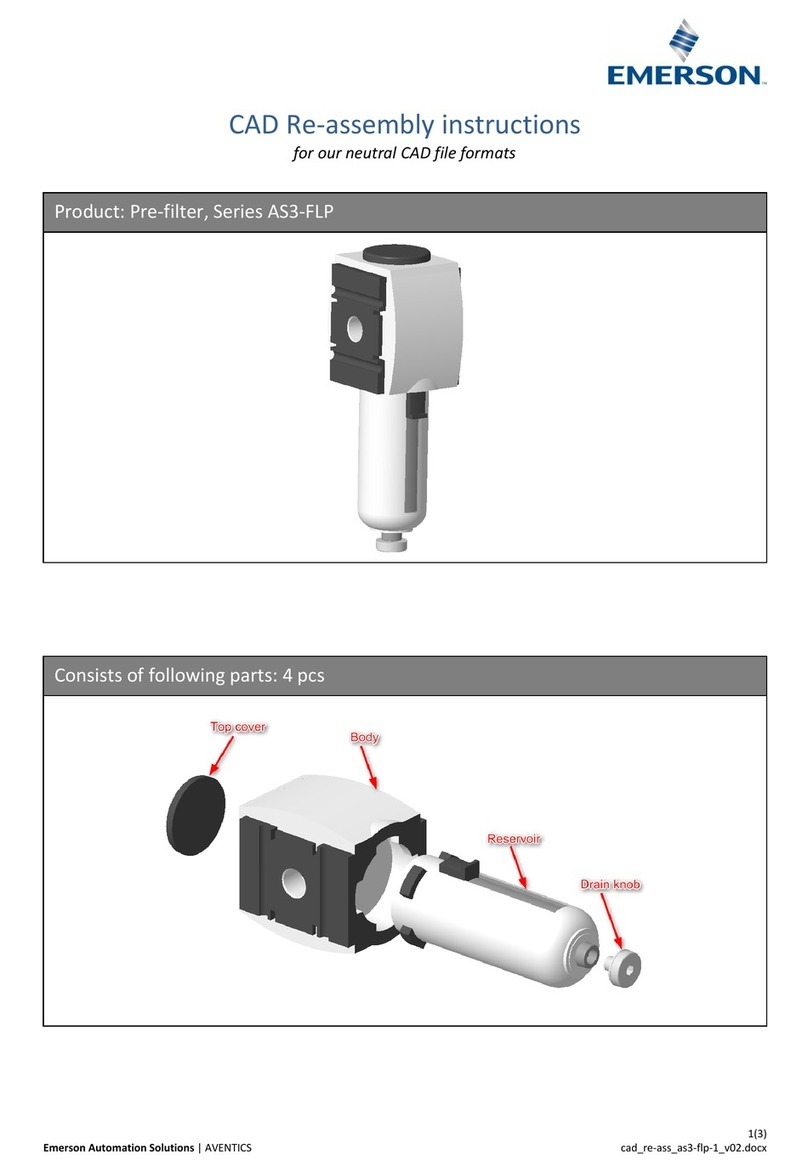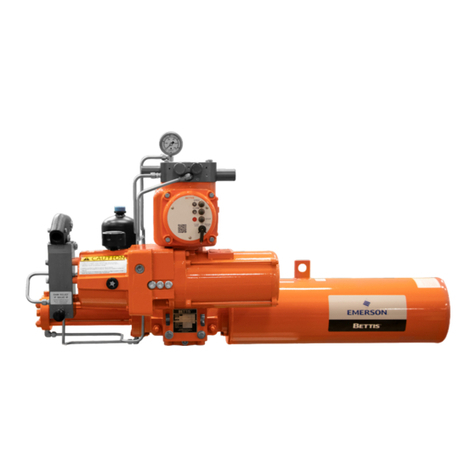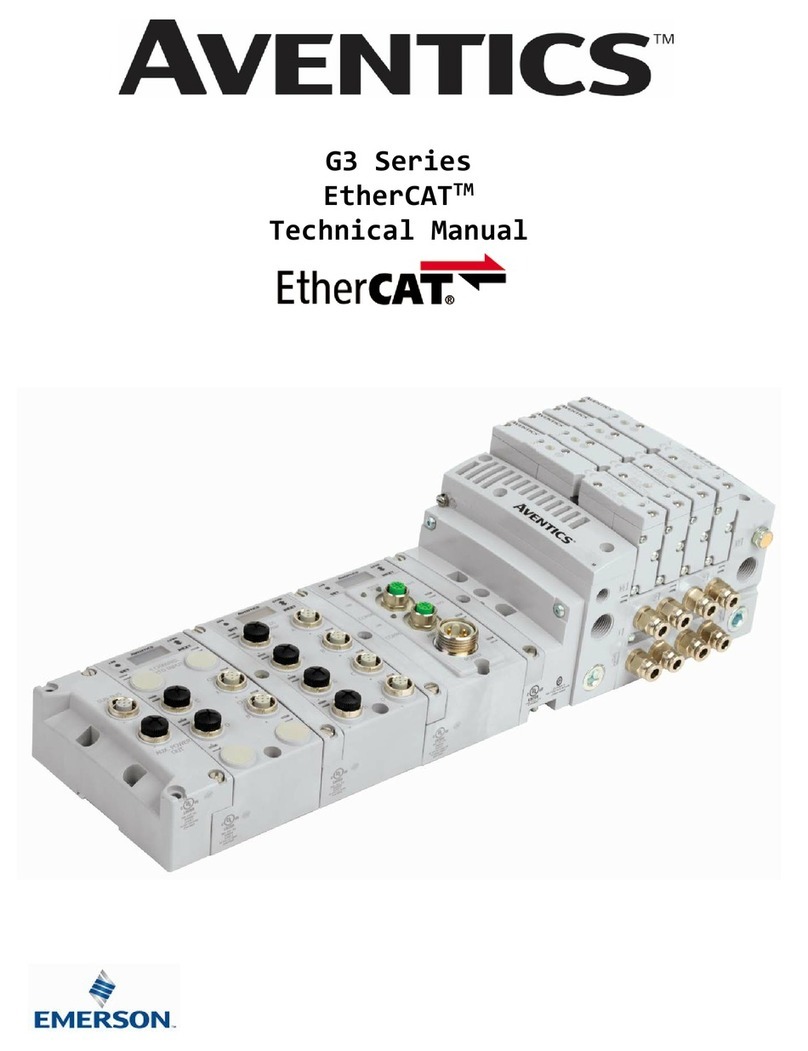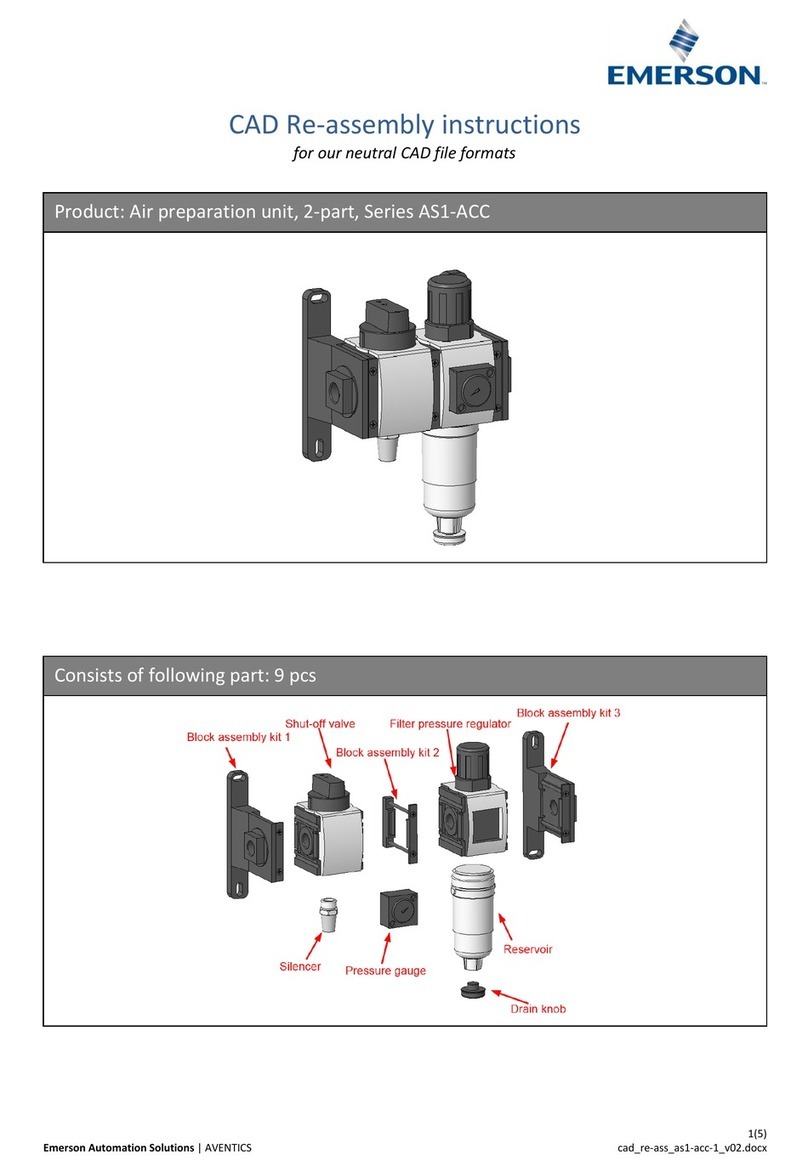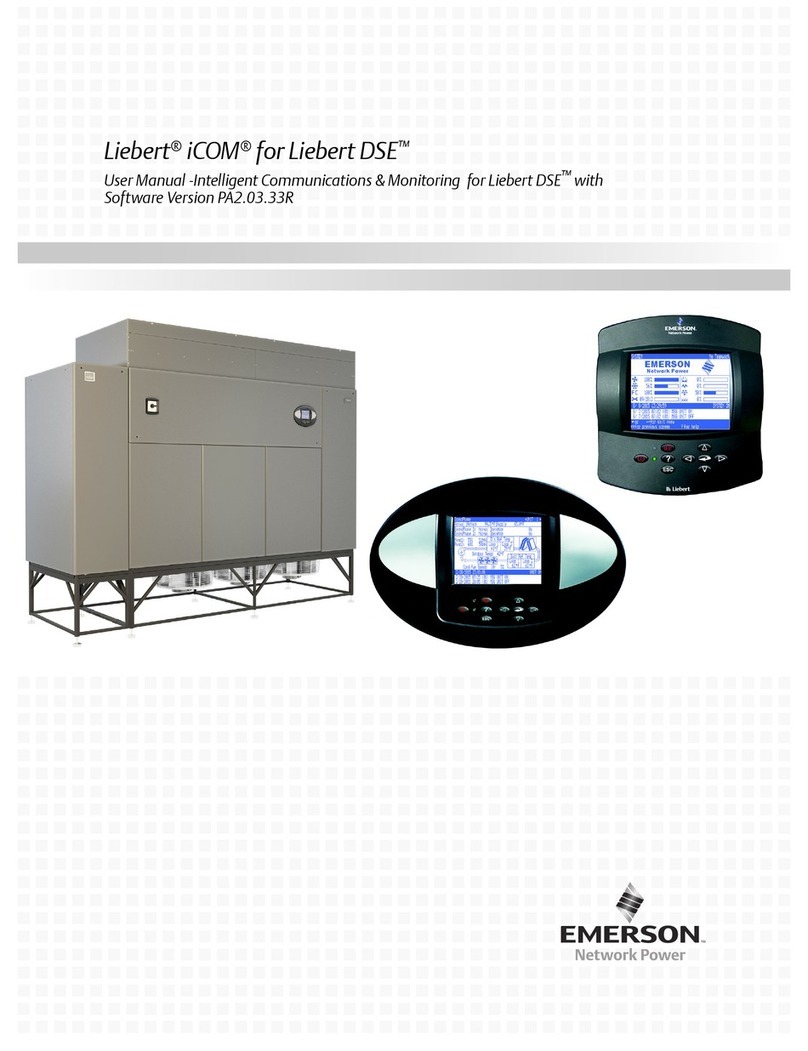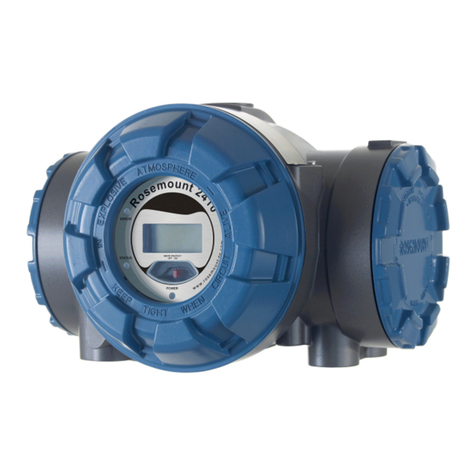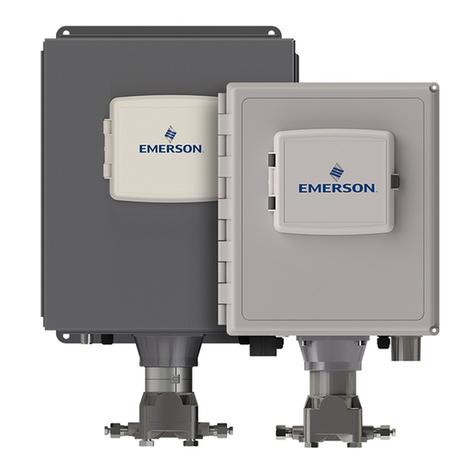User Manual Contents
GFK-2883F Sep 2019
Contents ii
3.1.3 Installing an RX3i CEP Carrier on a DIN-rail ............................................... 20
3.1.4 Removing an RX3i CEP Carrier from a DIN-rail.......................................... 20
3.1.5 Panel Mounting....................................................................................... 21
3.1.6 Installing a RX3i CEE Expansion Carrier .................................................... 21
3.1.7 Removing a RX3i CEE Expansion Carrier................................................... 22
3.1.8 Grounding............................................................................................... 22
3.2 Installing Modules on the Carriers ...................................................................... 23
3.2.1 Unsupported Modules............................................................................. 23
3.3 Connecting Power Supplies ............................................................................... 24
3.3.1 Adding a Redundant Power Supply.......................................................... 25
3.3.2 Replacing a Redundant Power Supply...................................................... 25
3.4 External Switch VLAN Priority Settings ............................................................... 26
Chapter 4: Configuration ......................................................27
4.1 Configuration Overview..................................................................................... 27
4.1.1 Basic Configuration Steps........................................................................ 27
4.1.2 Configuration Tool .................................................................................. 28
4.2 Adding a RX3i CEP to a LAN................................................................................ 28
4.2.1 Configuring a RX3i CEP............................................................................ 28
4.2.2 Adding RX3i I/O Modules to a Remote Node............................................ 30
4.2.3 Configuring Module Parameters.............................................................. 32
4.3 Add New I/O Devices ......................................................................................... 35
4.4 Update Existing I/O Devices ............................................................................... 38
4.5 Assigning IO-Device Names ............................................................................... 40
4.6 After the Configuration is Stored to the I/O Controller ....................................... 40
Chapter 5: Operation ............................................................42
5.1 Power-up........................................................................................................... 42
5.2 I/O Scanning...................................................................................................... 42
5.2.1 RX3i CEP Status and Control Data............................................................ 42
5.2.2 Data Coherency ...................................................................................... 43
5.3 Hot Swap of I/O Modules ................................................................................... 44
5.4 Firmware Updates ............................................................................................. 44
Chapter 6: Diagnostics..........................................................46
6.1 Configuration Faults .......................................................................................... 46
6.2 Version Information .......................................................................................... 47
6.3 Fatal Error Handling ........................................................................................... 47
